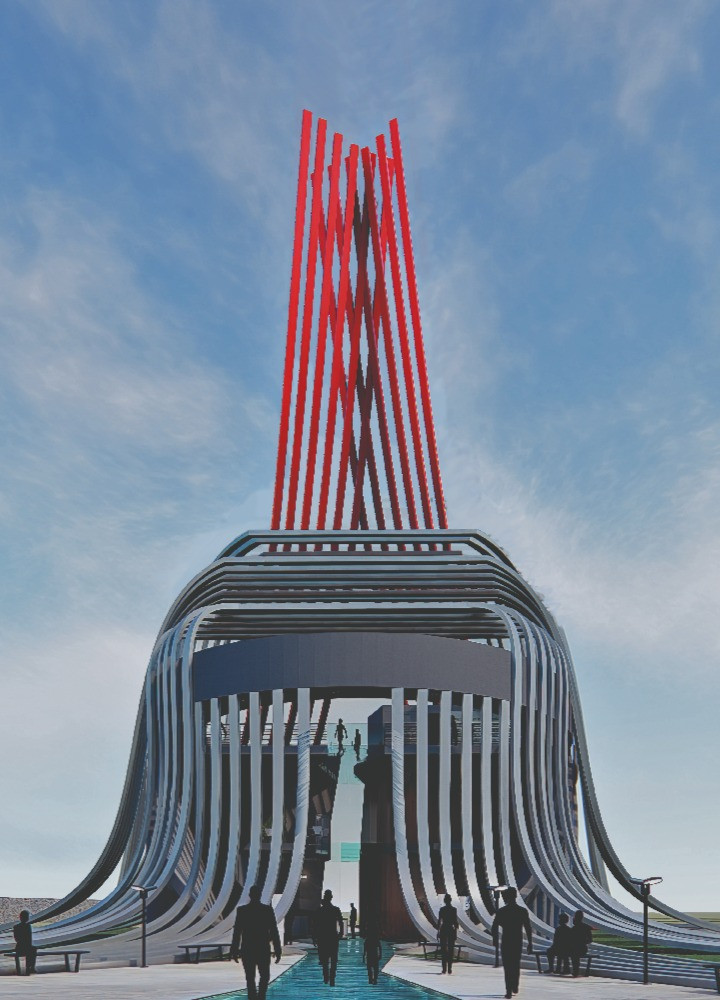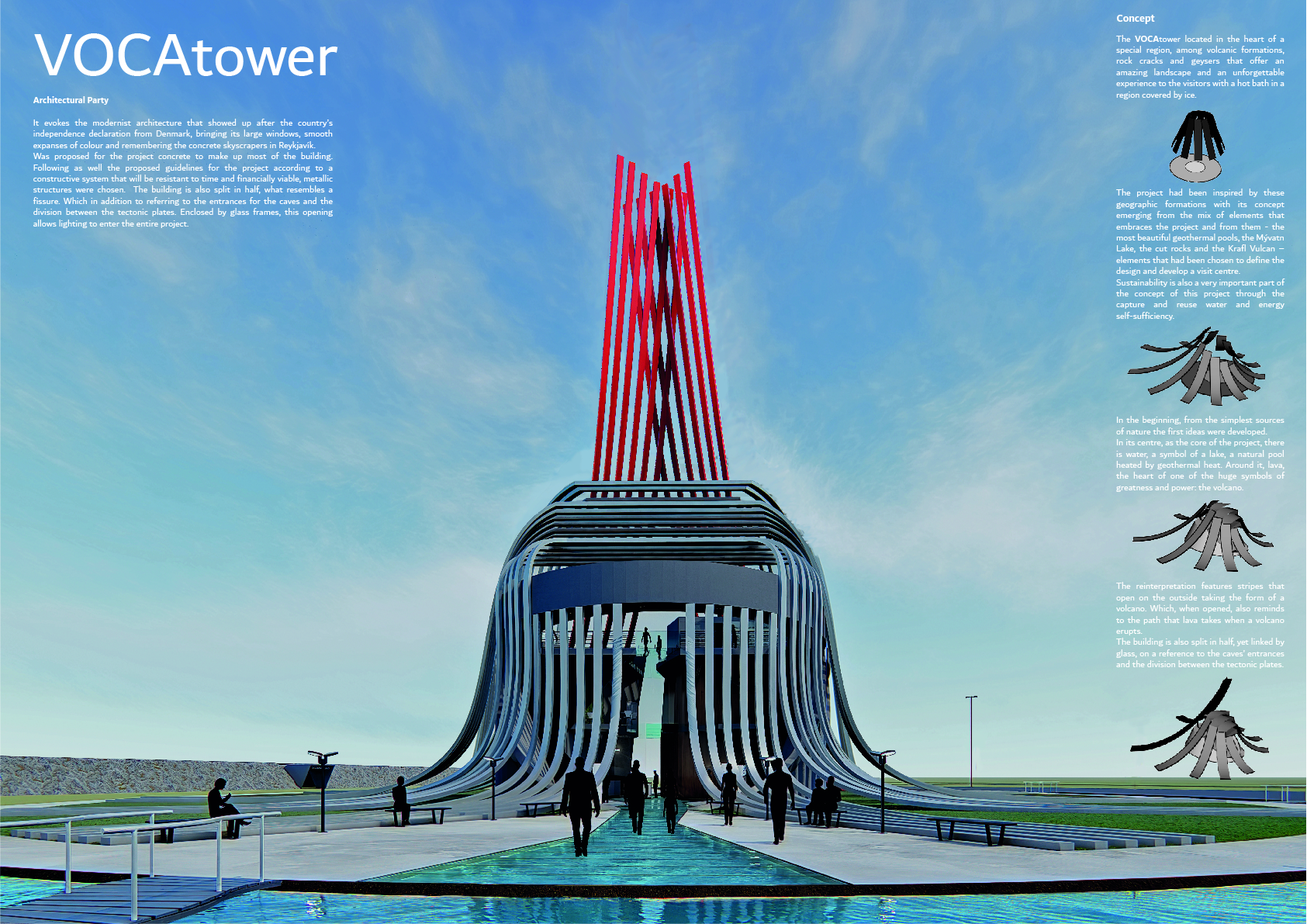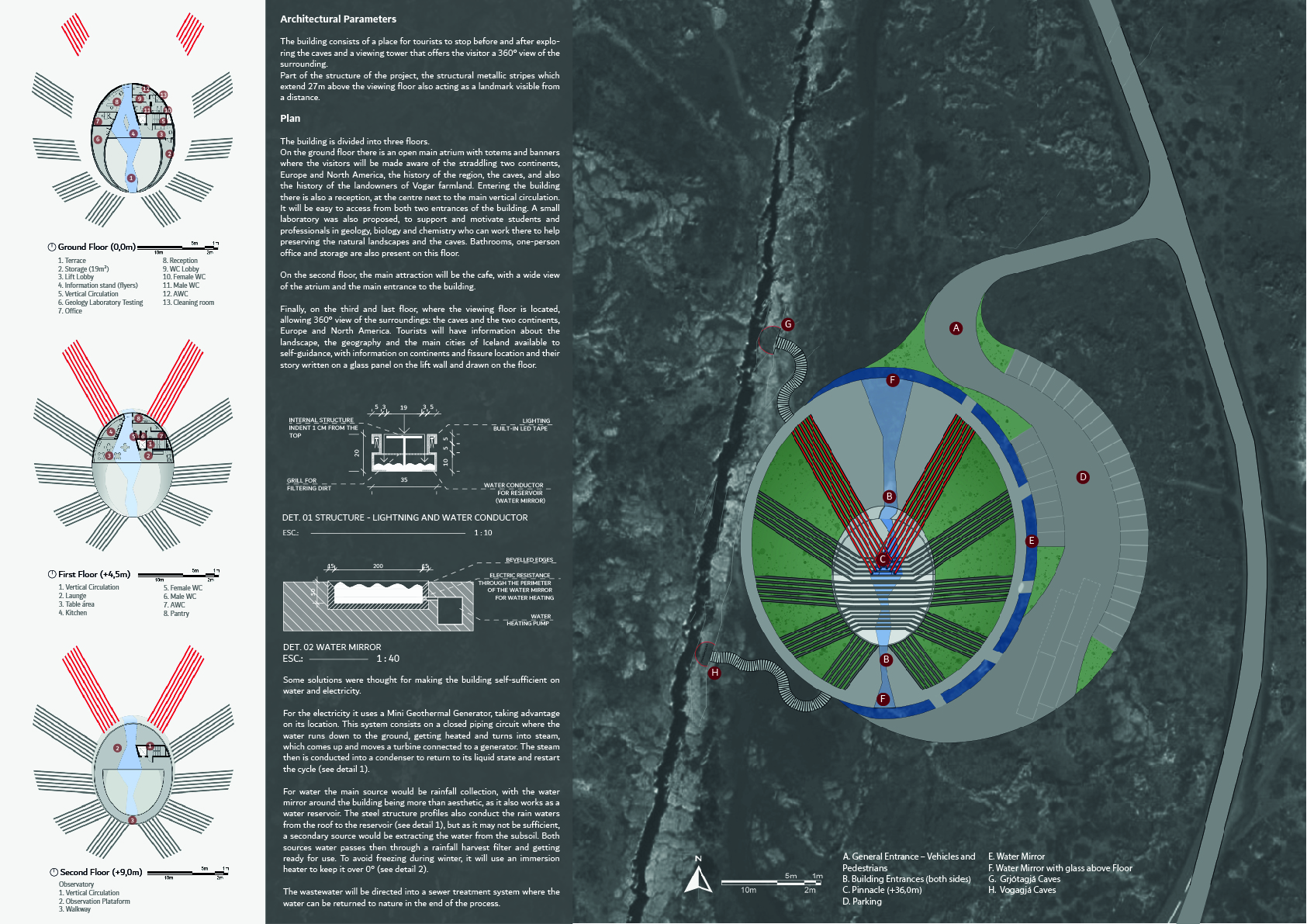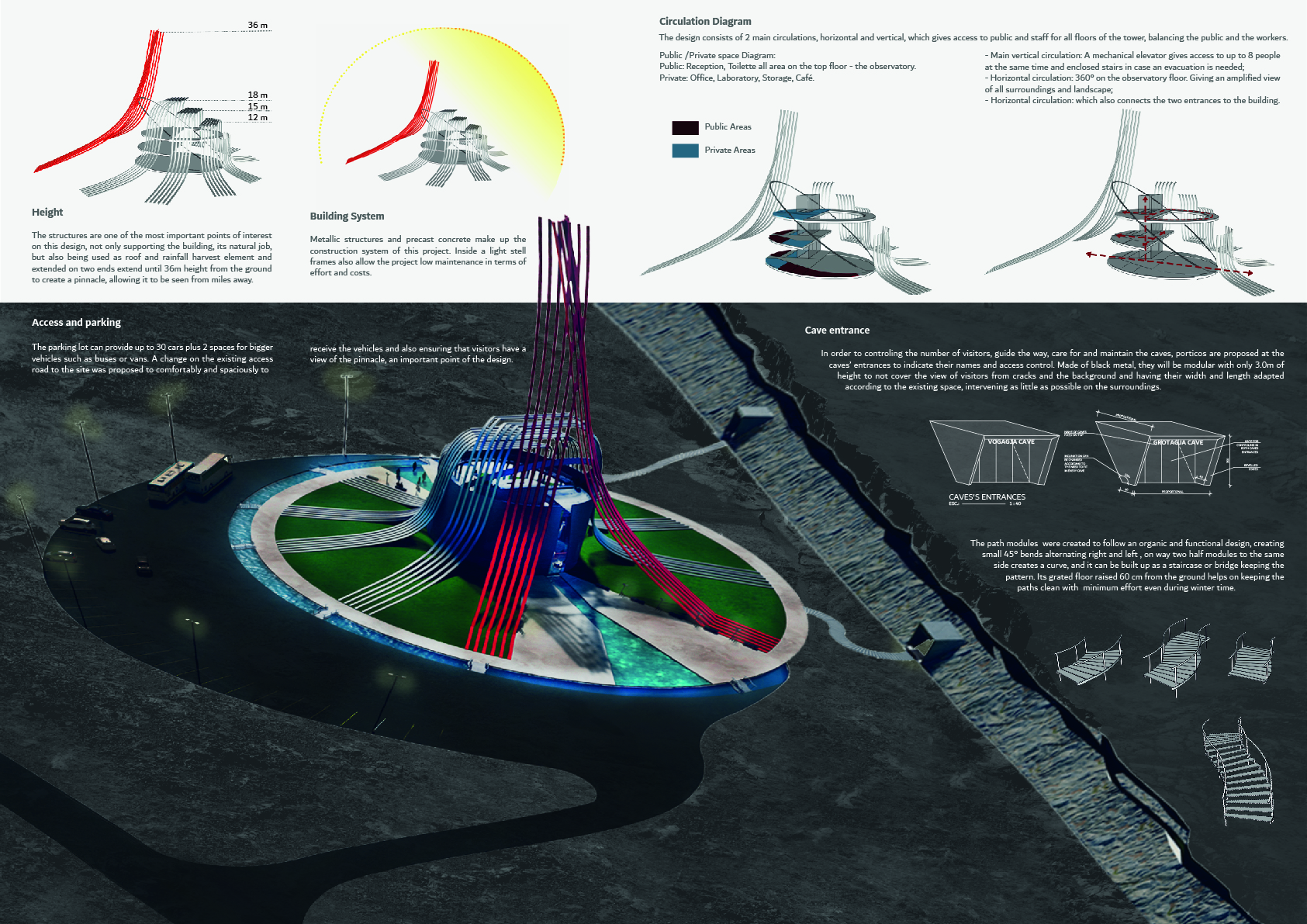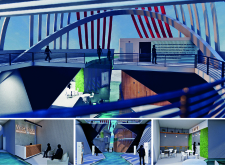5 key facts about this project
The project in question is an architectural design that emphasizes functionality while harmonizing with its surrounding environment. The design approach embodies a commitment to sustainability and innovative utilization of space, reflecting contemporary architectural practices. This project presents an integrated solution that caters to both aesthetic appreciation and practical needs.
The overall concept is rooted in creating a seamless connection between the built environment and nature, leading to the use of natural materials and open spaces that promote light, air circulation, and a sense of well-being among occupants. The layout is organized around key functional areas, including living, working, and recreational spaces, facilitating fluid movement and interactions among users.
The building's exterior showcases a façade that responds to local climatic conditions, employing materials that enhance performance while minimizing environmental impact. Regular patterns punctuate the surface, offering a visual rhythm that reflects a thoughtful consideration of scale and proportion. The use of glass is prominent, not only for its aesthetic value but also for its role in reducing energy consumption by maximizing natural light.
Unique Aspects of the Design
A defining characteristic of this architectural project is the integration of green roofs and vertical gardens, which contribute to biodiversity and promote environmental sustainability. These elements not only enhance the building’s aesthetics but also provide insulation, improving energy efficiency. The incorporation of rainwater harvesting systems and photovoltaic panels further underscores the commitment to eco-friendly practices and energy independence.
Another notable feature is the flexible spatial configuration that adapts to the diverse needs of its users. Modular design elements allow for easy reconfiguration of spaces, accommodating various functions over time without major modifications. This adaptability is particularly relevant in urban settings where space is at a premium, fostering a dynamic use of interiors that can evolve.
Materiality and Technical Details
The material palette for this project includes reinforced concrete, steel framing, and sustainably sourced timber, which collectively enhance the structural integrity and aesthetic appeal of the building. Each material was chosen for its durability and compatibility with the overall design ethos. The strategic use of insulation materials plays a crucial role in achieving thermal efficiency, aligning with modern standards for energy-efficient building practices.
The roof design features a slight pitch that facilitates rainwater drainage and integrates seamlessly with the surrounding landscape. Large overhangs are employed to protect windows from direct sunlight, reducing cooling loads and enhancing user comfort. The landscape design complements the building’s architecture, using native plant species that require minimal maintenance and irrigation, contributing to the overall sustainability of the site.
In summary, this architectural project exemplifies a careful balance between aesthetic appeal, functional design, and environmental responsibility. Each element has been conceived with purpose, resulting in a coherent structure that meets contemporary challenges in urban living. To explore further technical details such as architectural plans, sections, and innovative design ideas, we encourage you to engage with the project presentation for a comprehensive understanding of its architectural significance.


